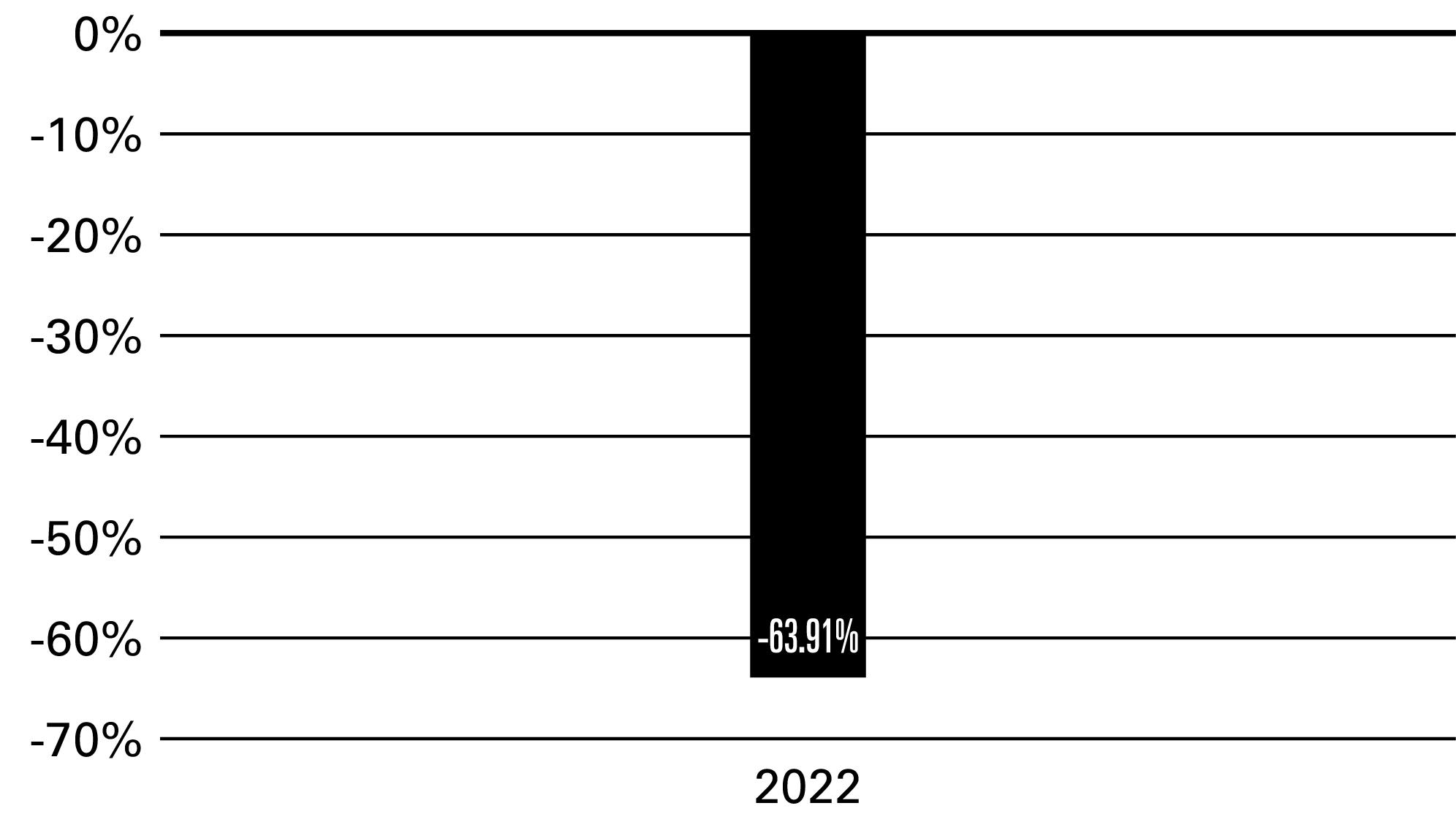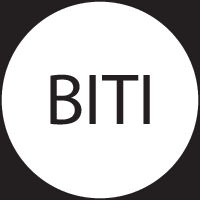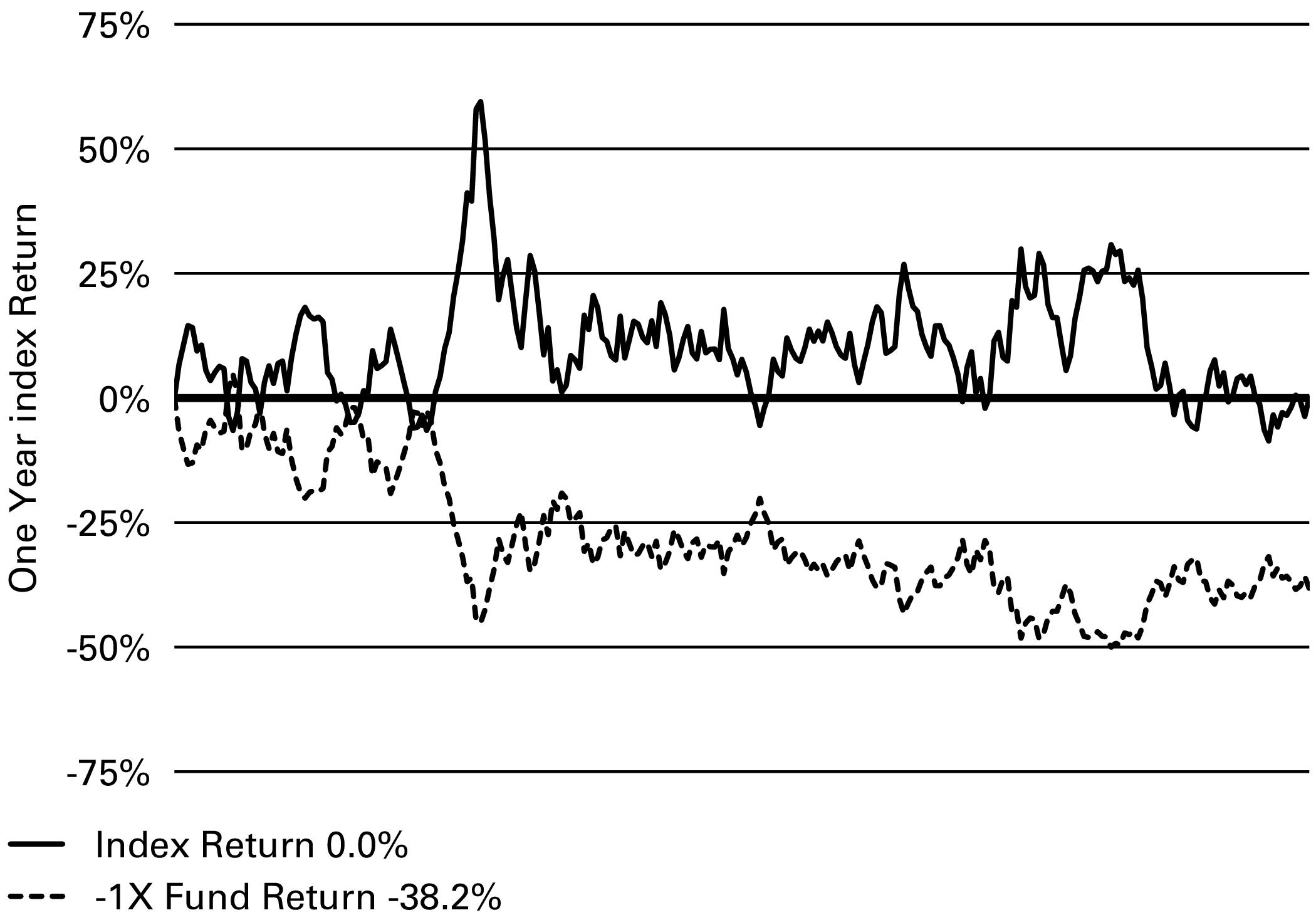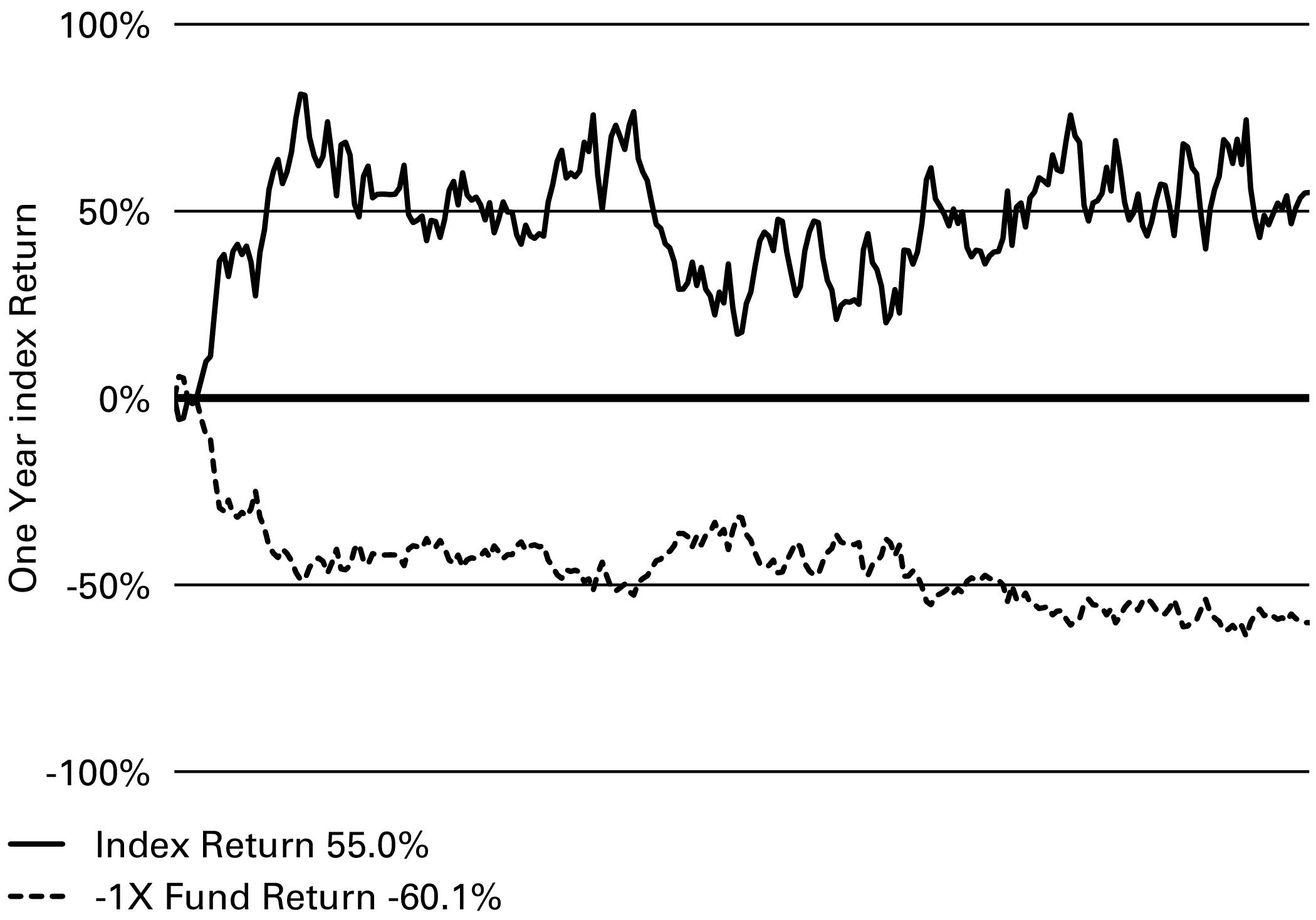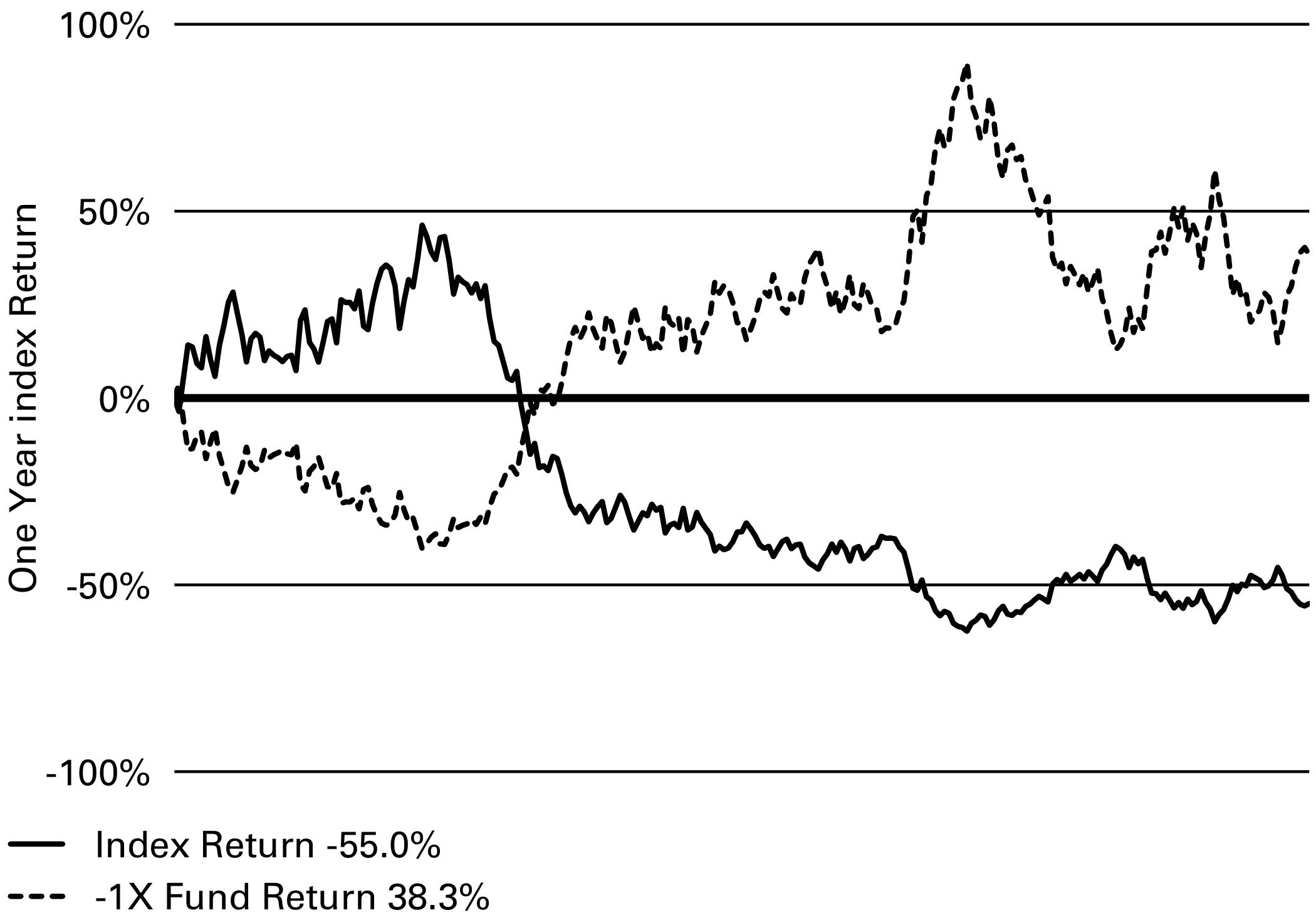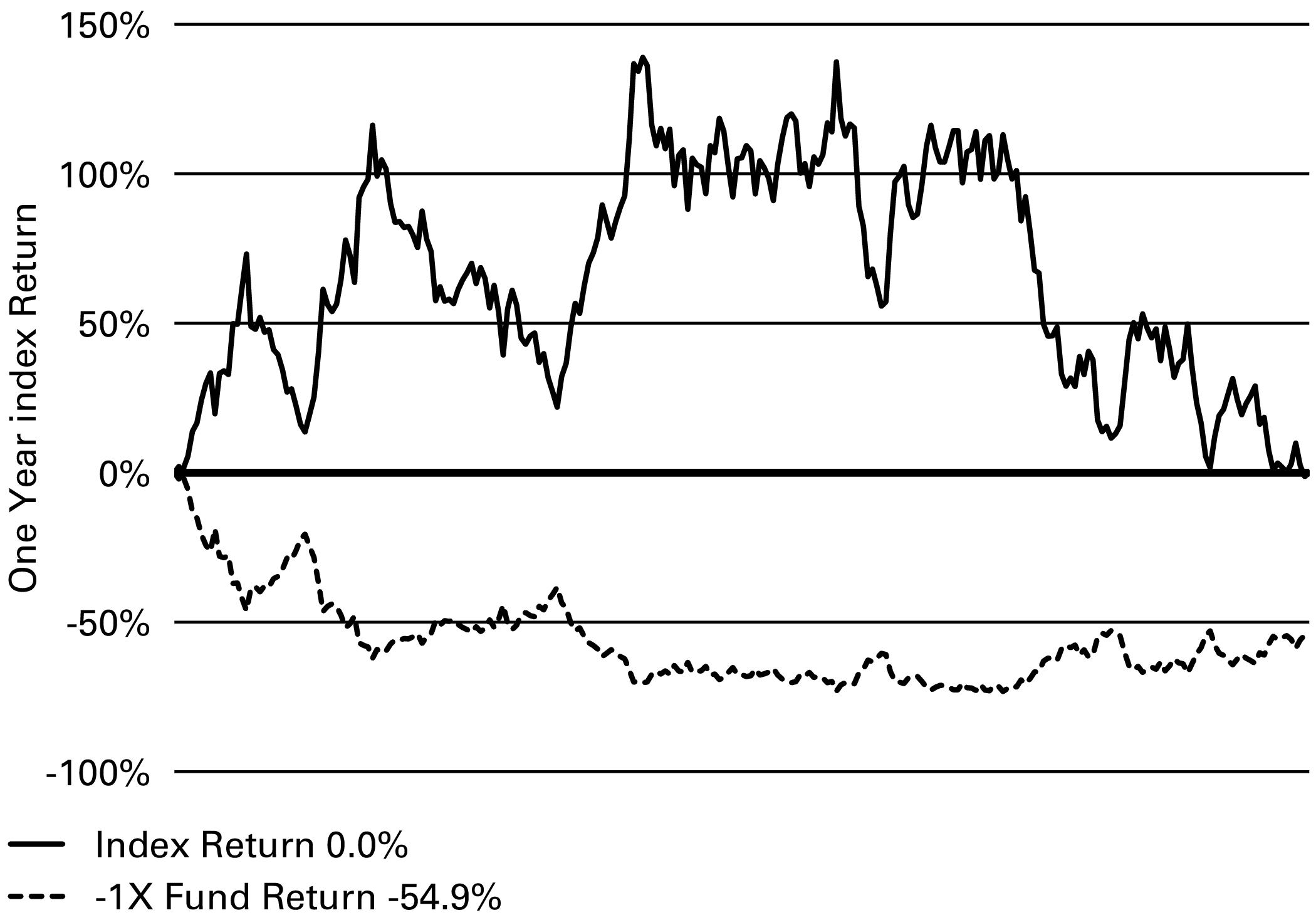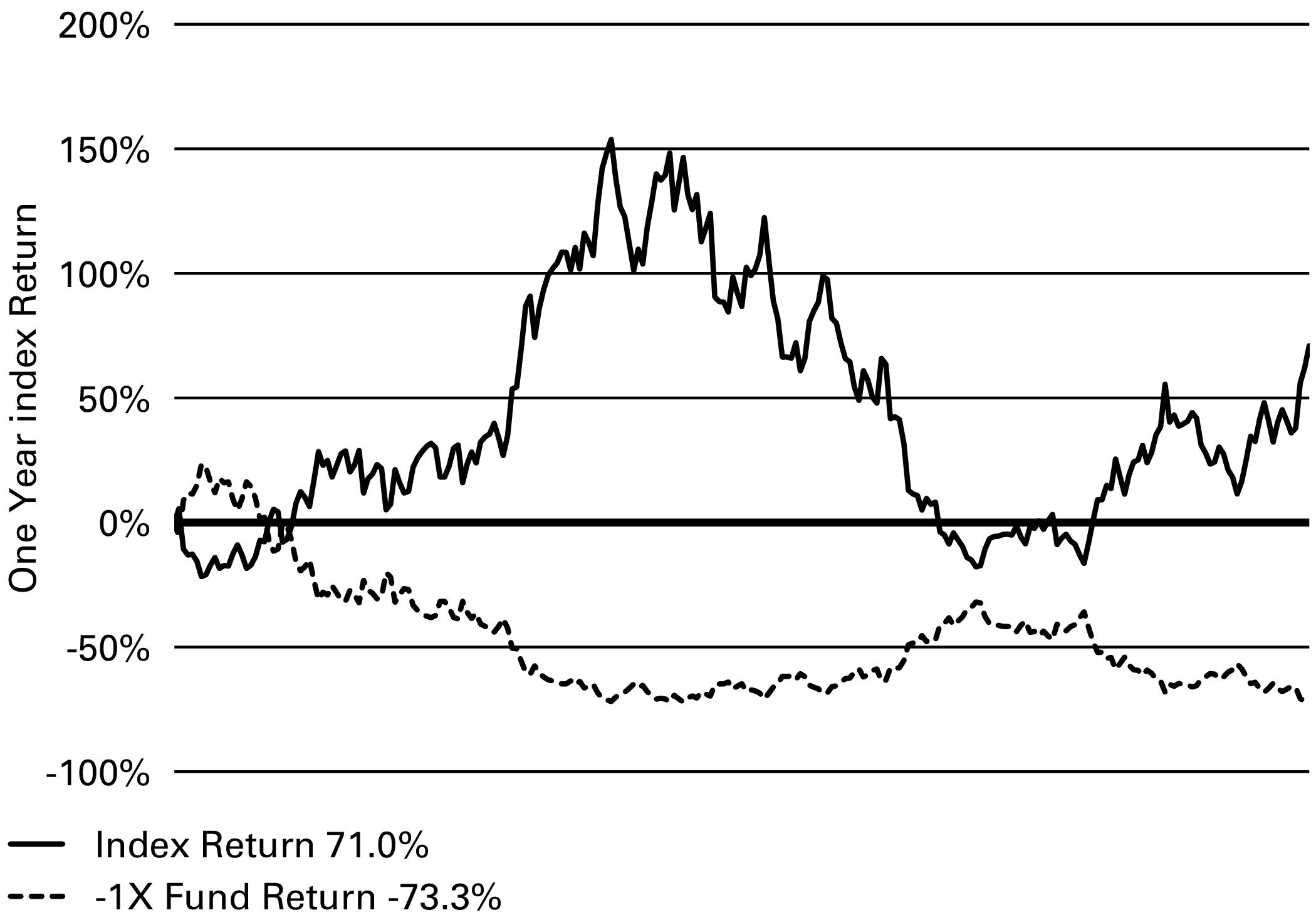affect the Fund’s ability to so qualify. The Fund may make certain investments, the treatment of which for these purposes is unclear. In particular, direct investments by the Fund in futures are not expected to produce qualifying income for purposes of the Fund’s qualification as a RIC. The Fund, however, expects to gain exposure to futures and generate qualifying income by investing a portion of its assets in a wholly-owned subsidiary of the Fund organized under the laws of the Cayman Islands. To comply with the asset diversification test applicable to a RIC, the Fund will limit its investments in such subsidiary to 25% of the Fund’s total assets at the end of each tax quarter. The Fund may, however, exceed this amount from time to time if the Advisor believes doing so is in the best interests of the Fund, provided, however, that the Fund intends to continue to comply with the asset diversification test applicable to RICs. If the Fund’s investments in the subsidiary were to exceed 25% of the Fund’s total assets at the end of a tax quarter, the Fund may no longer be eligible to be treated as a RIC. The Advisor will carefully monitor the Fund’s investments in the subsidiary to ensure that no more than 25% of the Fund’s assets are invested in the subsidiary at the end of each tax quarter. The Fund intends to invest in complex derivatives for which there is not clear guidance from the Internal Revenue Service (“IRS”) as to the calculation of such investments under the asset diversification test applicable to RICs. There are no assurances that the IRS will agree with the Fund’s calculation under the asset diversification test which could cause the Fund to fail to qualify as a RIC.
If, in any year, the Fund were to fail to qualify for the special tax treatment accorded a RIC and its shareholders, and were ineligible to or were not to cure such failure, the Fund would be taxed in the same manner as an ordinary corporation subject to U.S. federal income tax on all its income at the fund level. The resulting taxes could substantially reduce the Fund’s net assets and the amount of income available for distribution. In addition, in order to requalify for taxation as a RIC, the Fund could be required to recognize unrealized gains, pay substantial taxes and interest, and make certain distributions. Please see the section entitled “Taxation” in the Statement of Additional Information for more information.
In addition to the risks noted above, many other factors may also affect the value of an investment in the Fund, such as market conditions, interest rates and other economic, political or financial developments. The impact of these developments on the Fund will depend upon the types of investments in which the Fund invests, the Fund’s level of investment in particular issuers and other factors, including the financial condition, industry, economic sector and location of such issuers. The SAI contains additional information about the Fund, its investment strategies and related risks. The Fund may be subject to other risks in addition to those identified as principal risks.
•Natural Disaster/Epidemic Risk — Natural or environmental disasters, such as earthquakes, fires, floods, hurricanes, tsunamis and other severe weather-related phenomena generally, and widespread disease, including pandemics and epidemics (for example, the novel coronavirus COVID-19), have been and can be highly disruptive to economies and markets and have recently led, and may continue to lead, to increased market volatility and significant market losses. Such natural disaster and health crises could exacerbate political, social, and economic risks, and result in significant breakdowns, delays, shutdowns, social isolation, and other disruptions to important global, local and regional supply chains affected, with potential corresponding results on the operating performance of the Fund and its investments. A climate of uncertainty and panic, including the contagion of infectious viruses or diseases, may adversely affect global, regional, and local economies and reduce the availability of potential investment opportunities, and increases the difficulty of performing due diligence and modeling market conditions, potentially reducing the accuracy of financial projections. Under these circumstances, the Fund may have difficulty achieving its investment objectives which may adversely impact Fund performance. Further, such events can be highly disruptive to economies and markets, significantly disrupt the operations of individual companies (including, but not limited to, the Fund’s investment advisor, third party service providers, and counterparties), sectors, industries, markets, securities and commodity exchanges, currencies, interest and inflation rates, credit ratings, investor sentiment, and other factors affecting the value of the Fund’s investments. These factors can cause substantial market volatility, exchange trading suspensions and closures, changes in the availability of and the margin requirements for certain instruments, and can impact the ability of the Fund to complete redemptions and otherwise affect Fund performance and Fund trading in the secondary market. A widespread crisis would also affect the global economy in ways that cannot necessarily be foreseen. How long such events will last and whether they will continue or recur cannot be predicted. Impacts from these events could have a significant impact on the Fund’s performance, resulting in losses to your investment.
•Risk of Global Economic Shock — Widespread disease, including public health disruptions, pandemics and epidemics (for example, COVID-19 including its variants), have been and may continue to be highly disruptive to economies and markets. Health crises could exacerbate political, social, and economic risks, and result in breakdowns, delays, shutdowns, social isolation, civil unrest, periods of high unemployment, shortages in and disruptions to the medical care and consumer goods and services industries, and other disruptions to important global, local and regional supply chains, with potential corresponding results on the performance of the Fund and its investments.
Additionally, war, military conflicts, sanctions, acts of terrorism, sustained elevated inflation, supply chain issues or


